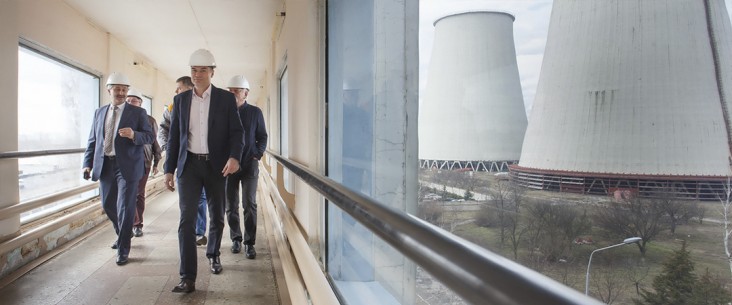Speeches Shim

Through co-creation, USAID brings together organizations and individuals to find solutions to development challenges and foster local ownership. Through co-creation, we capitalize on shared knowledge and experiences to produce great outcomes.
By moving toward partnerships based on shared goals and objectives, we share ownership and we share accountability. (Read more in our Acquisition and Assistance Strategy.)
Make co-creation work for you:
- Introduce yourself and your organization to USAID.
- Deepen engagement with the Agency.
- Collaborate with potential partners to solve major challenges.
- Find better ways for projects to be defined, designed and funded.
- Help maintain transparency and fairness in USAID processes.
- Co-Creation Field Guide [PDF 1 MG]
Co-Creation Defined
Co-creation brings people together to collectively design solutions to specific development challenges. Time-limited and participatory, partners, potential implementers, and end-users define a problem collaboratively, identify new and existing solutions, build consensus around action, and refine plans to move forward with programs and projects.
For the Entire Lifecycle of Procurement
Co-creation can be used from design and solicitation through award, administration, implementation, work planning, and closeout, using a variety of approaches and mechanisms such as multi-step requests for proposals and applications, Broad Agency Announcements, and Annual Program Statements.
Co-Creation and NPI
The goal is to take less prescriptive, more collaborative approaches across the Agency, both in Washington Headquarters and at Missions worldwide to attract new partners to USAID. Co-creation efforts have brought new ideas, resources, approaches, and partners to the Agency and are proven for efficient and responsive design of activities.
Read about co-creation in action at USAID >
Did You Know?
Co-creation is an Agency-wide priority goal at USAID. We seek to increase the use of co-creation in all new awards by 10 percent.
There's shared power and decision-making. The goal is to unite behind shared goals and a shared solution.
Co-creation works in large or small groups. Or one-on-one with a partner or donor, face-to- face, or virtually.
Consider personnel and follow up plans. Co-creation can require significant time. Does your team have the resource to get the job done?

Comment
Make a general inquiry or suggest an improvement.